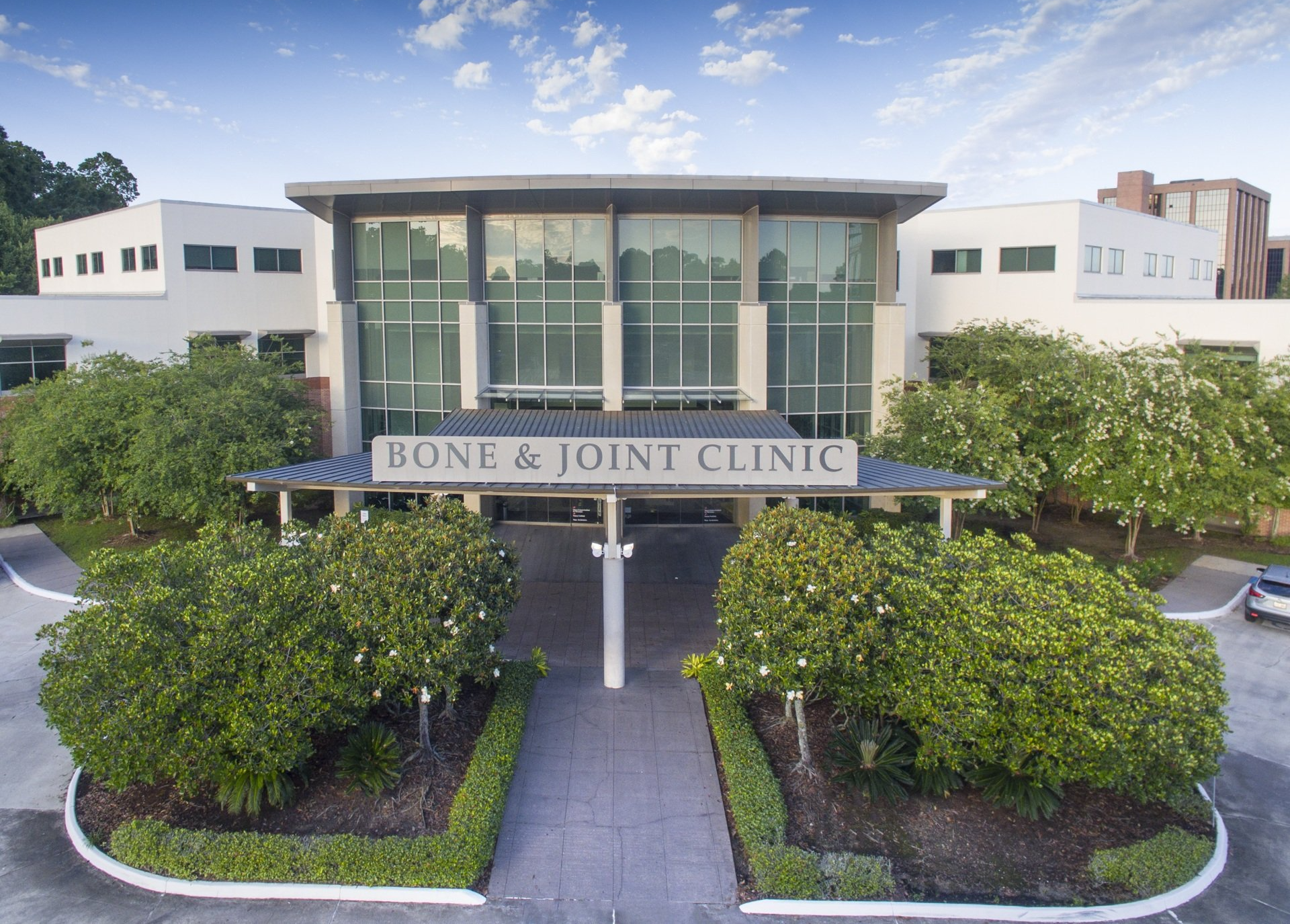When it comes to orthopedic injuries, there are few more common than the sprained ankle. Afflicting patients of all ages and levels of athleticism, a sprained ankle can occur whether you are running after a ball or simply stepping off a curb. All it takes is a small misstep to roll or twist the ankle in such a way that the supporting ligaments are overstretched and damaged. Once the injury occurs, you may find yourself wondering exactly how severe this setback is, and while only a thorough examination by your physician can tell for certain, there are some indicators of sprain grade that may be observed.
Grade I Ankle Sprain Symptoms
The lowest level of ankle sprain is also the least severe. In a Grade I sprain, there is stretching of one or more of the ankle ligaments. Patients may notice slight pain, tenderness and swelling; however, they will still be able to bear weight on the foot and walk with a relatively normal gait despite some mild stiffness. Most cases of Grade I sprains are easily resolved using RIICE: rest, ice, immobilization, compression and elevation, and patients will likely be able to fully resume all activity within two weeks.
Grade II Ankle Sprain Symptoms
A Grade II injury is a bit worse than a Grade I, with partial tearing of the ligaments having occurred. All elements of injury, including pain, tenderness, swelling, and ability to weight bear, are worse in this level of sprain. In addition to the recommended RIICE technique, patients with Grade II sprains may also benefit from wearing a walking boot during the day, as well as inclusion of physical therapy. Most patients will recover fully and be able to resume all normal activity in a matter of weeks.
Grade III Ankle Sprain Symptoms
The worst ankle sprains are classified as Grade III. These injuries include a complete tear of one or more ligaments. They are nearly always accompanied by significant pain, bruising, and swelling that can be as large as a golf ball. In the case of a Grade III injury, weight-bearing is usually not possible, and immediate immobilization is vital to stabilize the ankle and prevent further injury. Over the course of weeks, patients will shift from crutches to gradual weight-bearing while wearing a hard walking boot. With time and physical therapy, these injuries are often able to sufficiently heal without the need for surgery. However, the process will take much longer than lower grade sprains.
Baton Rouge Ankle Sprain Treatment
If you believe you have suffered from an ankle sprain, consult with an orthopedic specialist such as those at the Bone and Joint Clinic of Baton Rouge. With multiple foot and ankle specialists and convenient locations, our team is readily available to help resolve any orthopedic injuries in the Greater Baton Rouge area. Simply click below to request an appointment.




